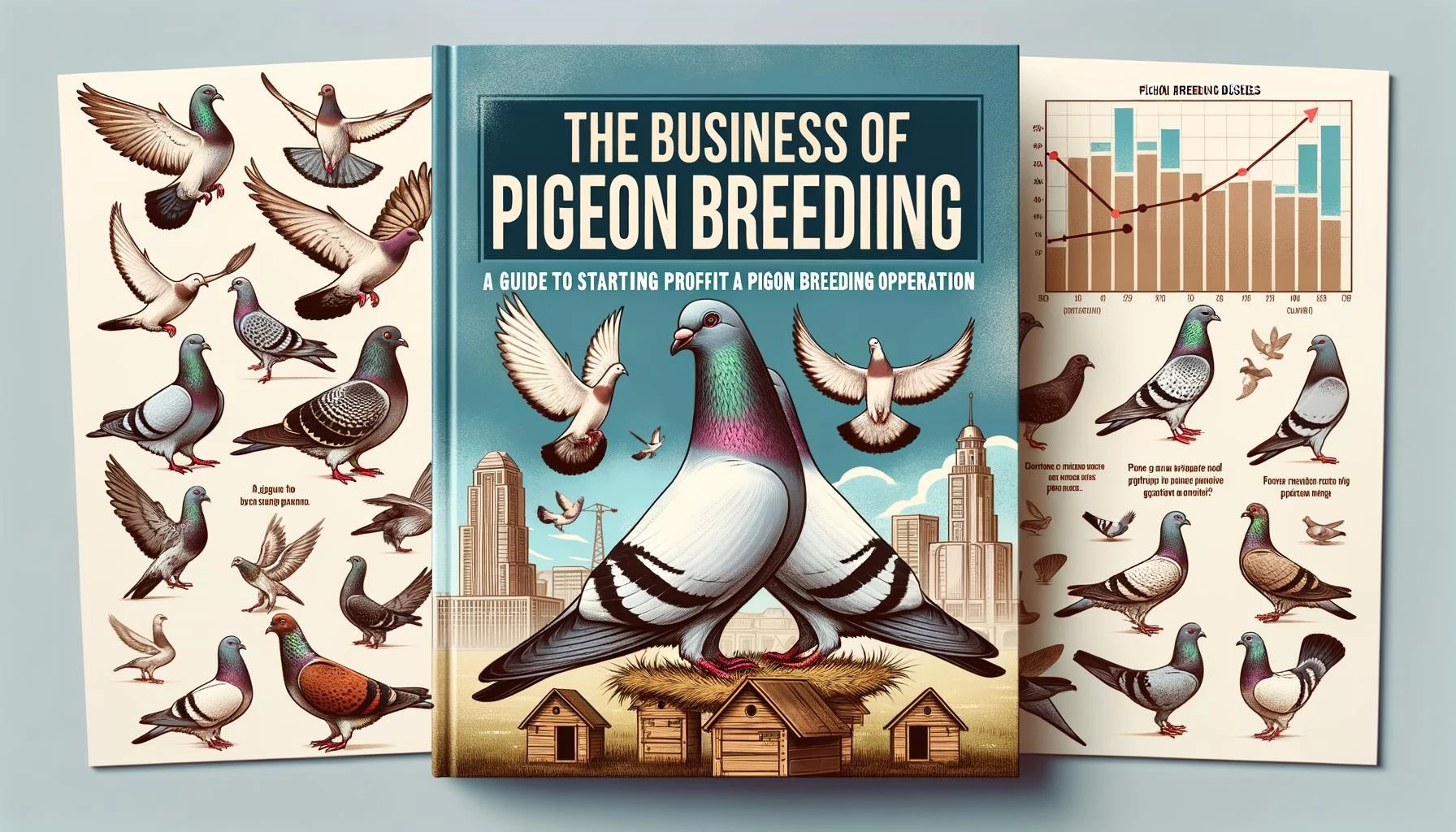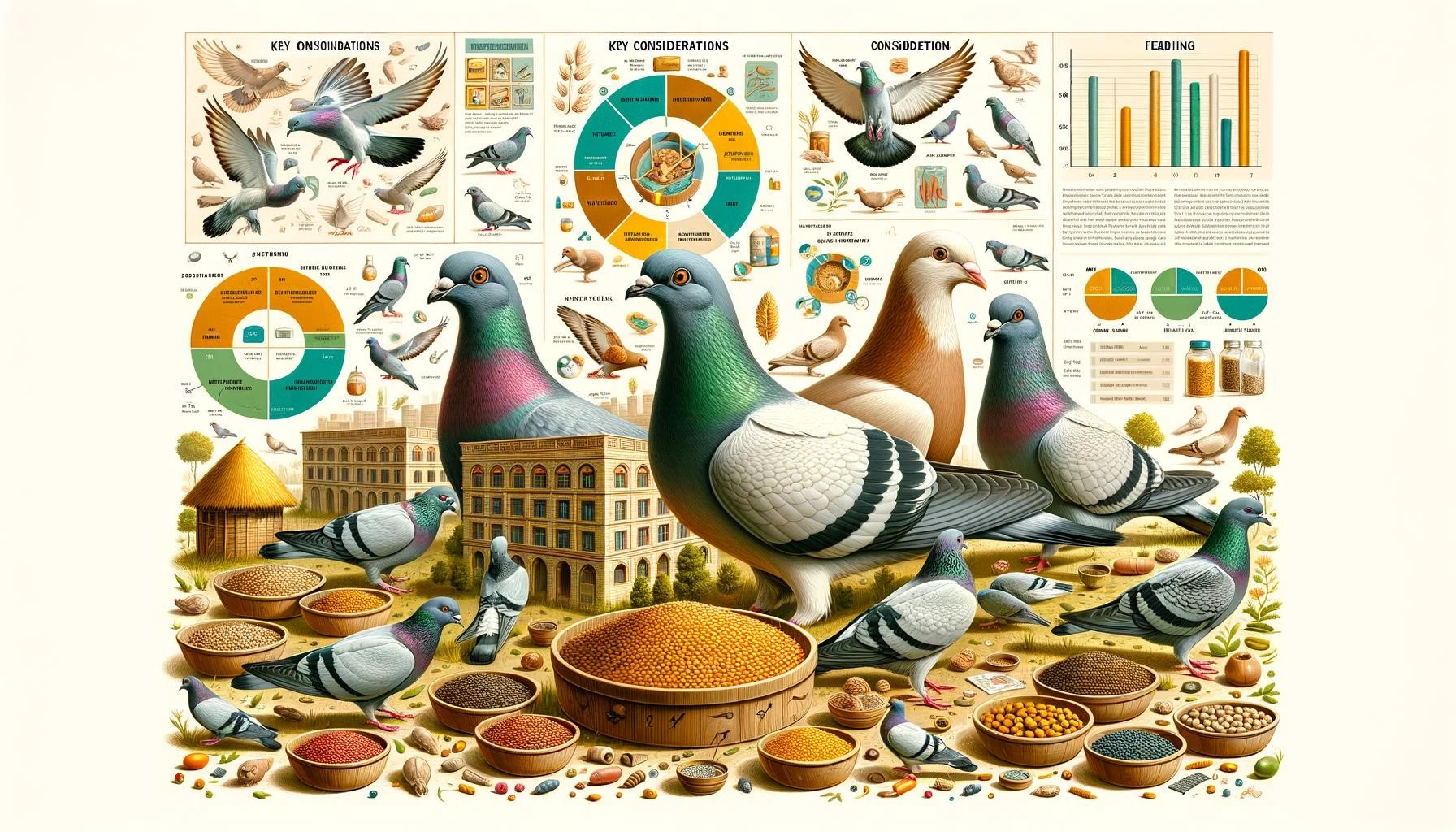Pigeon breeding is a nuanced activity that requires understanding and managing various environmental factors to ensure the health and success of the breeding process. This article delves into how temperature, humidity, and the overall breeding environment significantly influence pigeon development and breeding outcomes. Additionally, it explores the adaptation of pigeons to urban settings, highlighting the distinction between domesticated and feral pigeons, along with the environmental and public health challenges posed by feral pigeon populations.
Key Takeaways
– Environmental factors play a crucial role in pigeon breeding and development.
– Temperature, humidity, and housing conditions are key environmental factors to consider.
– Pigeons have adapted well to urban environments, but feral pigeons can have negative impacts on the environment and public health.
Temperature and Humidity
One of the most critical environmental factors affecting pigeon breeding is temperature. Pigeons are highly sensitive to extreme temperatures and struggle to adapt in very hot or cold environments. Temperature fluctuations can negatively impact their breeding success, fertility, and general health. It is important to provide a controlled and comfortable temperature range in the breeding environment to optimize breeding outcomes.
Humidity is another significant factor to consider. The ideal humidity for pigeon breeding is around 40-50%. High humidity levels can lead to respiratory problems and the growth of harmful bacteria and fungi, while low humidity can cause dehydration and eggshell quality issues. Monitoring and controlling the humidity level in the breeding environment is crucial for creating optimal breeding conditions.
Housing and Breeding Environment
Creating a suitable housing and breeding environment is essential for successful pigeon breeding. Pigeons require proper shelter that protects them from extreme weather conditions, predators, and other potential threats. It is important to provide a secure and comfortable loft or breeding cage that offers sufficient space for the pigeons to move, roost, and breed.
Maintaining cleanliness in the housing environment is crucial for preventing diseases and promoting healthy breeding. Regular cleaning and disinfection of the breeding space, perches, and nesting areas help to reduce the risk of infections and maintain a hygienic environment for the pigeons.
Controlling the breeding environment can also be beneficial. Using a controlled breeding environment, such as a breeding cage or loft, allows for better monitoring and control of breeding conditions. By controlling factors such as temperature, humidity, lighting, and ventilation, breeders can create an optimal environment that promotes breeding and increases breeding success rates.
Pigeons in Urban Environments
Pigeons are highly adaptable birds and have successfully adapted to urban environments. They can thrive in cities due to the availability of abundant food sources and shelter, such as buildings and bridges. However, feral pigeons (pigeons that live and breed in the wild) can have negative impacts on the environment and public health.
Feral pigeons can spread diseases through their droppings and ectoparasites, potentially causing health risks for humans. Additionally, their large populations can lead to problems with cleanliness and maintenance of urban infrastructure, requiring resources for cleanup and control efforts.
While feral pigeons can be a concern, it is crucial to distinguish them from domesticated pigeons bred by enthusiasts. Domesticated pigeons are typically kept in controlled environments and have different breeding patterns and behaviors compared to feral pigeons.
In conclusion, environmental factors play a significant role in pigeon breeding and development. Temperature and humidity levels, as well as the housing and breeding environment, can greatly impact breeding success. Understanding and controlling these factors can help improve breeding outcomes and maintain the health and well-being of pigeons. Furthermore, while pigeons have successfully adapted to urban environments, it is important to manage feral pigeon populations to mitigate potential risks to the environment and public health.









